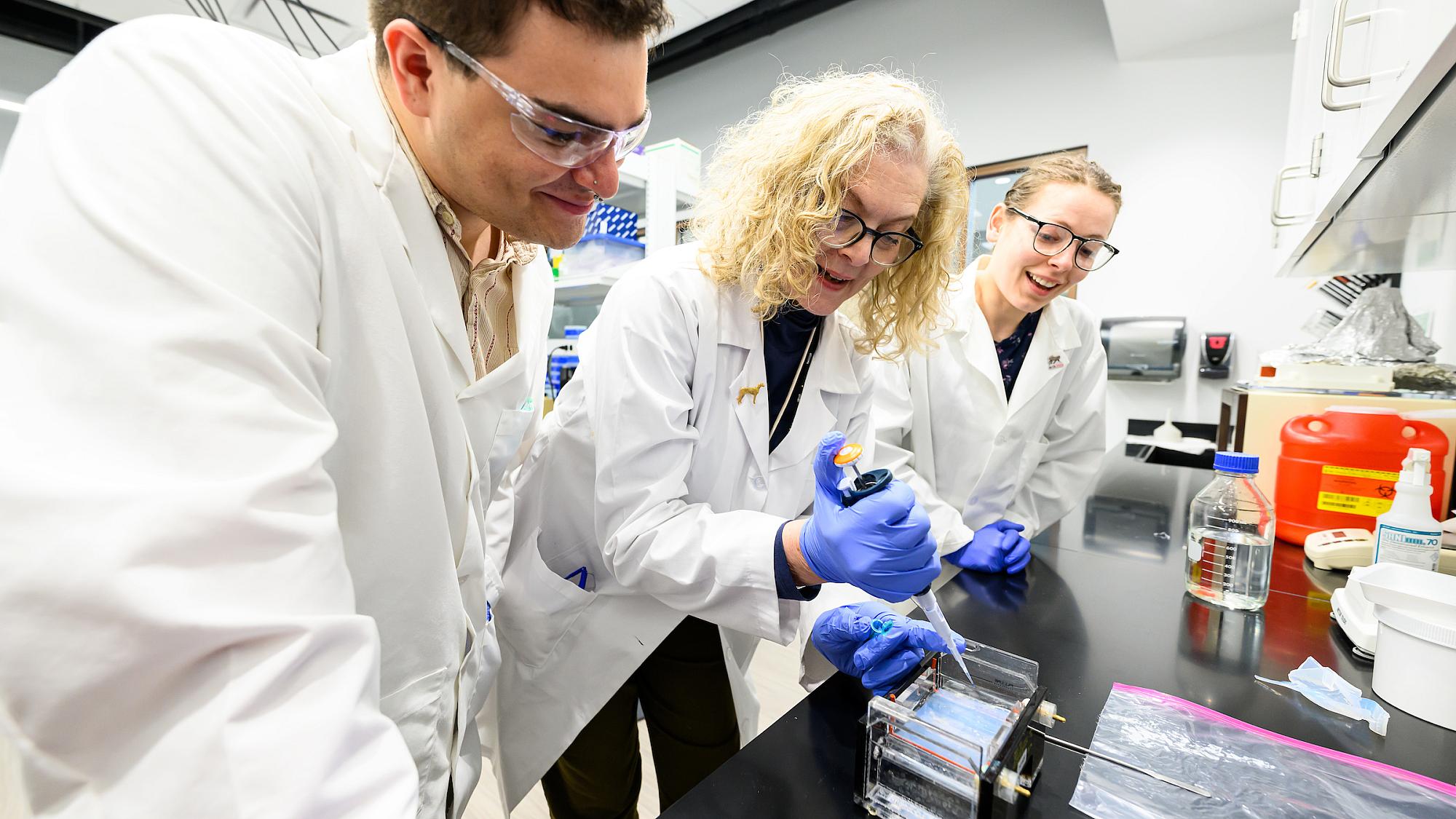
Training Grant Program Directors
Resources for Training Grant Program Directors
Training grants at the University of Utah provide funding, mentorship, and professional development opportunities for outstanding predoctoral students, and postdoctoral trainees in research-training environments. Important components of NIH Training Programs include training in rigor and reproducibility; opportunities for professional development and career exploration; mentor training and development; and the ability of a program to evaluate its effectiveness to ensure it meets the needs of its trainees and continues to promote their personal and professional success.
Program Director Responsibilities
The program director holds primary responsibility for ALL aspects of running a training program. The program director is expected to monitor and assess the program and submit all documents and reports as required by the NIH. Understanding the program objectives and commitments outlined in the NIH approved program plan is critical to the success of research training programs.
Responsibilities include:
-
the selection and appointment of trainees to the approved research training program;
-
overall direction, management, administration of the training program;
-
and evaluation of the program.
Multiple program directors (MPIs) share the authority and responsibility for leading and directing the training program, intellectually and logistically. Each program director is responsible and accountable to the recipient organization for the proper conduct of the program, including the submission of required reports.
Refer to the NIH approved program plan for the individual responsibilities you have laid out in your MPI plan.
Leadership Team & Administration
The program director may coordinate and delegate some of the day-to-day responsibilities to a training grant administrator or members of the executive/advisory committee.
The key to successful post-award management is to review the training program monthly, at minimum. This monthly review should include budget reconciliation, status checks on xTrain appointments, and review of upcoming deadlines (such as trainee re-appointment/termination dates, trainee progress reports, annual RPPR report, annual evaluations, and the like). Proactive reviews of the training program will allow sufficient time for reminders to be sent out to faculty and trainees, as appropriate.

Program Director Salary Support
NIH T32 and NIH T35 awarded grant applications that do not support Program Director salary are eligible for certain Program Director Salary Support through the Senior Vice President for Health Sciences. These funds are sourced through returned F&A to the School of Medicine and this is taken into account when considering support for grants.
Eligibility:
-
Program Director(s) must have primary faculty appointments in the Health Sciences
-
Salary funds are sent to departments where Program Director(s) have primary appointments
-
If Multiple Program Directors are named, funds are split between departments and are proportional to effort and administration responsibilities
-
Support is awarded to specific grants, not Program Director(s)
-
Program Director(s) must participate in writing and administration of the training grant to receive support
-
Support is prorated accordingly if a grant is awarded mid-year
Trainee Recruitment and Selection
Program directors should appoint individuals who are committed to a career in research and plan to remain on the training grant or in a non-Kirschstein-NRSA research experience for a minimum of two years. The duration of training, the transition of trainees to individual support mechanisms, and their progress to the next career stage are important considerations in when selecting new trainees.
To advertise available training slots, it is highly recommended that a formal call for applications be sent out to relevant listservs. The call should describe the training program and outline the trainee eligibility criteria and qualifications. Plan for sufficient time to prepare and distribute the call for applications. The average time from the distribution of the call to completion of the trainee appointment is three months minimum.
